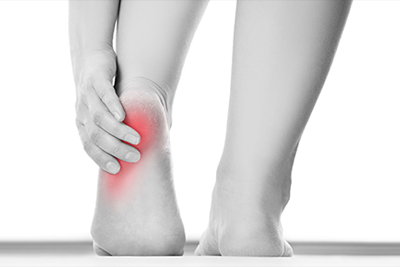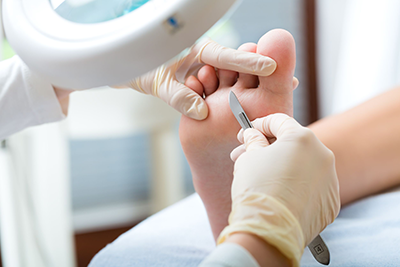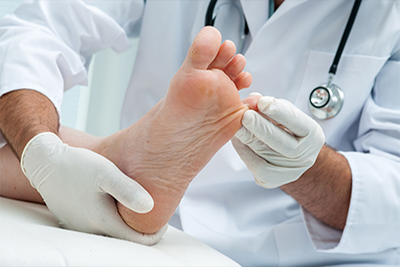Osteoarthritis (OA)OA is a type of joint disease that results from breakdown of joint cartilage and underlying bone. The most common symptoms are joint pain and stiffness. Initially, symptoms may occur only following exercise, but over time may become constant. Other symptoms may include joint swelling, decreased range of motion, and when the back is affected weakness or numbness of the arms and legs. The most commonly involved joints are those near the ends of the fingers, at the base of the thumb, neck, lower back, knee, and hips. Joints on one side of the body are often more affected than those on the other. Usually the symptoms come on over years. It can affect work and normal daily activities. Unlike other types of arthritis, only the joints are typically affected.
CAUSES
Causes include previous joint injury, abnormal joint or limb development, and inherited factors. Risk is greater in those who are overweight, have one leg of a different length, and have jobs that result in high levels of joint stress. Osteoarthritis is believed to be caused by mechanical stress on the joint and low grade inflammatory processes. It develops as cartilage is lost and the underlying bone becomes affected. As pain may make it difficult to exercise, muscle loss may occur. Diagnosis is typically based on signs and symptoms, with medical imaging and other tests occasionally used to either support or rule out other problems. In contrast to rheumatoid arthritis, which is primarily an inflammatory condition, in OA, the joints do not typically become hot or red. SIGNS AND SYMPTOMS
The main symptom is pain, causing loss of ability and often stiffness. "Pain" is generally described as a sharp ache or a burning sensation in the associated muscles and tendons, and is typically made worse by prolonged activity and relieved by rest. Stiffness is most common in the morning, and typically lasts less than thirty minutes after beginning daily activities, but may return after periods of inactivity. OA can cause a crackling noise (called "crepitus") when the affected joint is moved or touched and people may experience muscle spasms and contractions in the tendons. Occasionally, the joints may also be filled with fluid. Some people report increased pain associated with cold temperature, high humidity, and/or a drop in barometric pressure, but studies have had mixed results. OA commonly affects the hands, feet, spine, and the large weight bearing joints, such as the hips and knees, although in theory, any joint in the body can be affected. As OA progresses, the affected joints appear larger, are stiff, painful and may swell, but usually feel better with gentle use but worse with excessive or prolonged use, thus distinguishing it from rheumatoid arthritis. OA in the foot can lead to the formation of bunions, rendering them red or swollen. Some people notice physical changes before they experience any pain, in part because the cartilage damage in OA is generally painless because. MEDICATION
The analgesic acetaminophen is the first line treatment for OA. However, a 2015 review found acetaminophen to only have a small short term benefit. For mild to moderate symptoms effectiveness is similar to non-steroidal anti-inflammatory drugs (NSAIDs), though for more severe symptoms NSAIDs may be more effective. NSAIDs such as naproxen, while more effective in severe cases, are associated with greater side effects, such as gastrointestinal bleeding. Benefits and risks vary in individuals and need consideration when making treatment decisions. There are several NSAIDs available for topical use, including diclofenac. INJECTIONS
Joint injections of glucocorticoids (such as hydrocortisone) leads to short term pain relief that may last between a few weeks and a few months. Injections of hyaluronic acid have not been found to lead to much improvement compared to placebo when the knee joint is affected but have been associated with harm. This may stand true for hip osteoarthiritis. In ankle osteoarthritis, evidence is unclear. The effectiveness of injections of platelet-rich plasma is unclear; there are suggestions that such injections improve function but not pain, and are associated with increased risk. |
Additional Services |
Additional Conditions and Treatments
Book Your Appointment Today |









